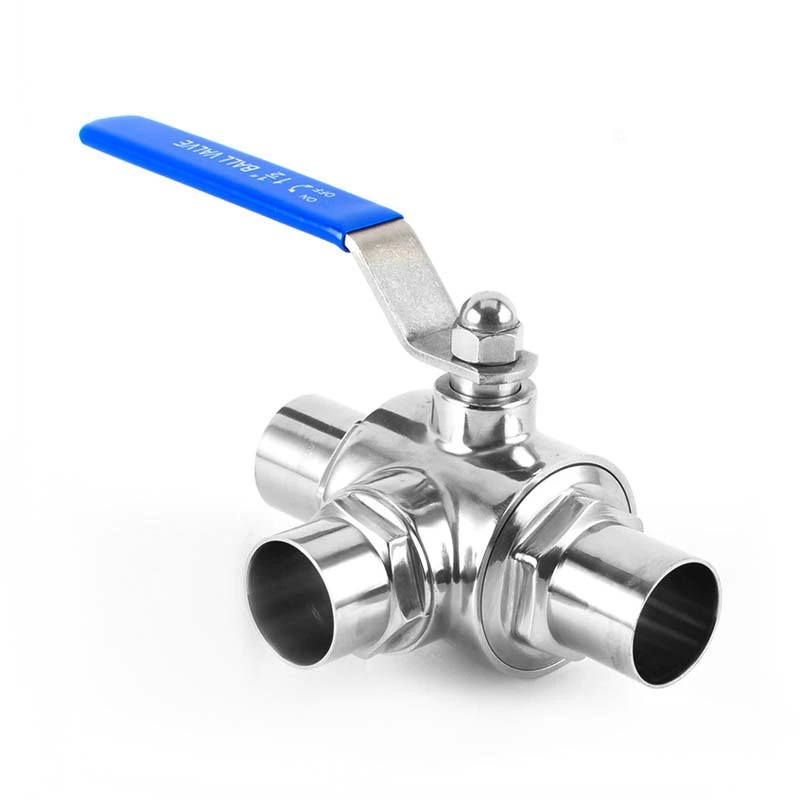Sanitary Valve Flow Channel Diameter And Nominal Diameter
Sanitary Valve flow path diameter and nominal diameter are key dimensional parameters in valve design and application.
The relationship between the two impacts valve performance and compatibility with piping systems. Valve nominal diameters are standardized diameters specified for design and manufacturing purposes. The flow path diameter refers to the diameter of the passageway through which fluid actually flows within the valve. The nominal diameter facilitates standardized connections between valves and other components such as piping. The flow path diameter directly determines the flow capacity within the valve. The methods for determining nominal diameters vary among different valve types. The flow path diameter of globe valves is typically smaller than their nominal diameter. Some ball valve models have a flow path diameter equal to their nominal diameter.
When a gate valve is fully open, its flow path diameter is close to its nominal diameter. Nominal diameters are generally expressed in millimeters or inches. Flow path diameter measurement must take into account the complex internal structure of the valve. For small-diameter valves, the difference between the nominal diameter and the flow path diameter may be small. For large-diameter valves, this difference can significantly affect flow. Valve manufacturing standards clearly define the nominal diameter. Flow path diameter design must balance the valve's pressure resistance and flow requirements. When calculating flow rate, flow path diameter is a key factor. The nominal diameter facilitates quick matching of valves to pipelines during valve selection. The flow path diameter of a check valve affects its effectiveness in preventing reverse flow.
The flow path diameter of a regulating valve affects the adjustment accuracy and range. The nominal diameter is clearly indicated in valve catalogs and on valve labels. Flow path diameter can be measured using specialized measuring tools and instruments. The nominal diameter of threaded valves is determined by the thread specifications. The nominal diameter of flanged valves is related to the flange size. Valves with irregular flow path diameters increase fluid resistance. Valves with the same nominal diameter may have different flow path diameters. The flow path diameter design of low-temperature valves must consider the media characteristics. The nominal diameter selection of high-temperature valves must account for thermal expansion. The flow path diameter of sanitary valves must meet cleanliness requirements.
The nominal diameter of industrial valves complies with relevant industry standards. The flow path diameter affects the valve's adaptability to fluids of varying viscosities. The nominal diameter determines the basic dimensions of the connection between the valve and the fitting. The flow path diameter of a butterfly valve has a certain impact on its opening torque. The flow path diameter of a diaphragm valve has a more specialized shape. Standardized nominal diameters improve valve interchangeability. Optimizing flow path diameter can reduce valve energy consumption. Metering valves require high flow path diameter accuracy. General-purpose valves have a wide range of nominal diameters. Flow path diameters can change due to valve wear. Nominal diameter is a factor influencing valve pricing.
Valve flow path diameter and nominal diameter must be considered together to ensure proper system operation. Accurately understanding the relationship between the two is crucial for valve selection and system design.
